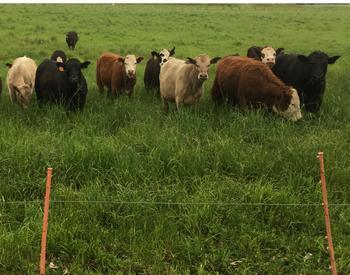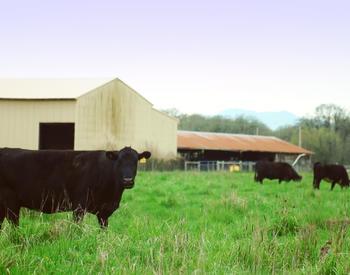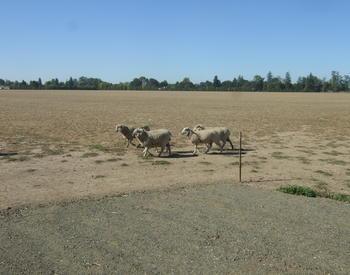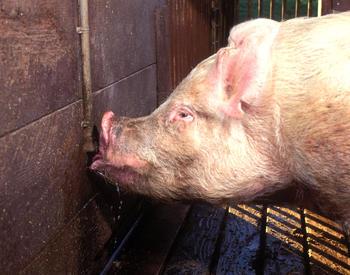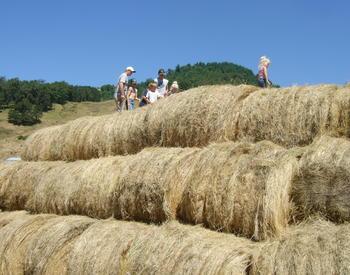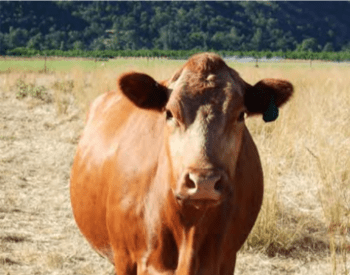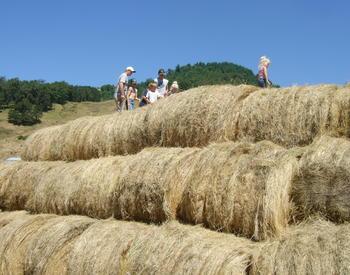Transcript
Welcome to living on the land. Your source of useful information for Eastern Oregon Country living. Brought to you by your Oregon State University Extension Service. A great joy of living in the country is having your own livestock. But keeping those animals healthy means keeping your pastures healthy. Managing your pasture land wisely will increase the quantity and quality of forage and reduce weed problems. It's important to know how much forage your animals need to be healthy and balance the number of animals on your pasture with the amount of forage available. Too many animals on a pasture can lead to overgrazing. Overgrazing can cause soil erosion, water runoff. Soil compaction and reduce the quantity and. Quality of your forage. It can also lead to dust problems. You don't like breathing dust, and neither do your livestock. And those weeds that grow in a badly managed pasture. They can be poisonous for your animals and. Reduce past your quality. So how do you balance the number of animals you have with how much forage you make available? For plants, what happens above ground affects what happens below. So the basic guideline for grazing is to take half and leave half. Grazing more than half the plant height will reduce root growth. And a small root system can only support a small amount of plant growth. So never graze pastures below 3 inches high. Give your past your time to recover before grazing again. For grass, the shorter it is, the longer it takes to recover. And if you live where plant growth is slow, recovery time will be longer too. So be sure pasture grasses are at least 6 to 8 inches tall, about hand high before they are grazed again. You can prevent over or under grazing by subdividing your pasture into several smaller ones and moving your animals from one to the other. When the grass gets down to three or four inches high. And if you run out of pasture that's ready, feed your animals hay in an all season pen or sacrifice area until the grass is tall enough to restart grazing. You've been listening to living on the land. For more details on pasture and livestock management, contact your local Oregon State University extension agent soil and Water Conservation District, or Oregon Department of Agriculture.
This podcast episode is part of the Living on the Land series. It provides concise information on the basics of pasture and livestock management, including use of sound conservation practices. Particularly for the region east of the Cascades.
This is from the Living on the Land series. Download the related PDF - Living on the Land: Pasture and Livestock Essentials
The phrase “Living on The Land” is used with permission from Living on The Land Stewardship for Small Acreage, © 2008, UNCE/WSARE.
